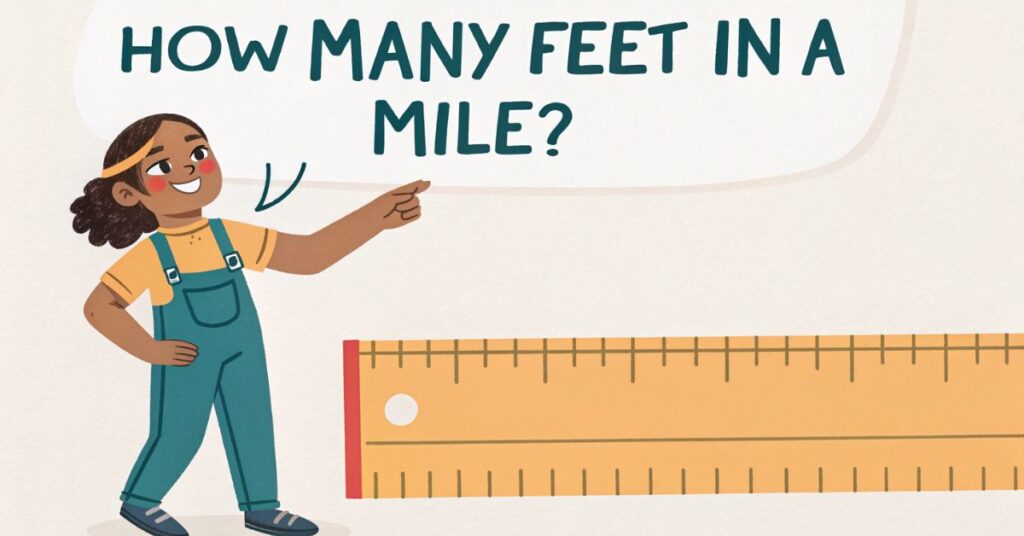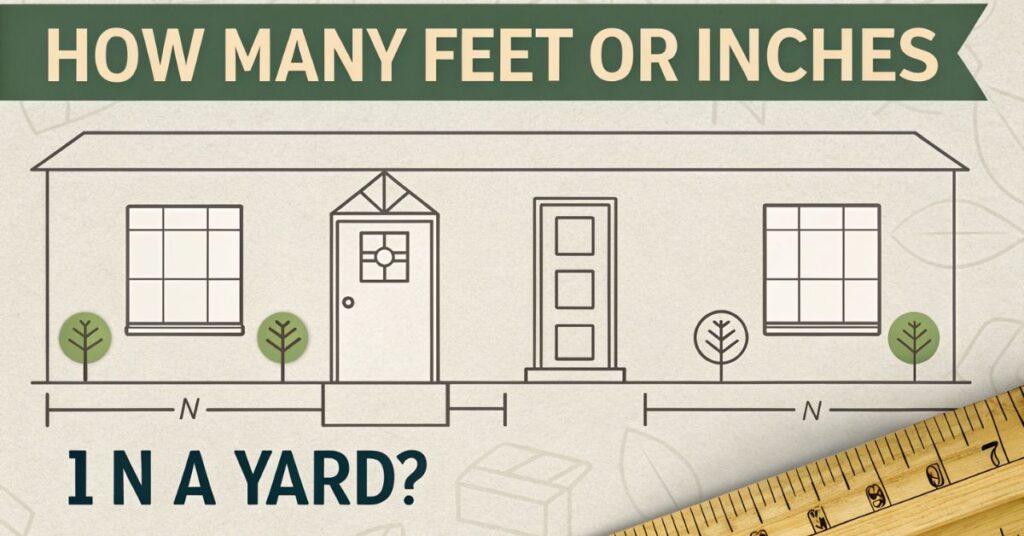Your fitness tracker buzzes triumphantly—10,000 steps achieved! But here’s the million-dollar question: exactly how many miles did you actually cover?
Understanding this conversion isn’t just about satisfying curiosity; it’s about setting realistic fitness goals and tracking your genuine progress.
Let’s decode the mathematics behind your daily movement and discover what those numbers really mean.
Converting Steps to Miles
📊 Basic Conversion Formula
(Average steps per mile)
Converting steps to miles isn’t rocket science, but it’s more nuanced than you might expect. The standard formula suggests dividing your step count by approximately 2,000 to get miles.
However, this “one-size-fits-all” approach overlooks crucial variables. Your stride length—the distance covered in one step—varies dramatically based on height, leg length, and walking style.
Men typically have longer strides than women. A 6-foot man might cover 2.5 feet per step, while a 5’4″ woman averages around 2.2 feet. This seemingly small difference creates significant mileage variations over thousands of steps.
Walking speed also affects your stride. Leisurely strolls produce shorter steps than brisk power walks. Your natural gait adjusts unconsciously to terrain, energy levels, and even your mood.
10K Steps Phenomenon
🎯 10,000 Steps = How Many Miles?
Average Adult
4.5 – 5.0 Miles
Most common rangeTall Men (6ft+)
5.0 – 5.5 Miles
Longer stride lengthAverage Women
4.0 – 4.7 Miles
Shorter average stride10,000 steps equals approximately 4.5 to 5 miles for most American adults. This range accounts for typical height variations and walking patterns across the population.
The magic number originated from Japanese marketing in the 1960s, not scientific research. A company selling pedometers called their device “manpo-kei,” literally meaning “10,000 steps meter.”
Your personal conversion rate depends on several factors. Tall individuals with longer legs cover more ground per step. Shorter people take more steps to travel the same distance but often maintain higher step frequencies.
Terrain significantly impacts your step-to-mile ratio. Walking uphill shortens your stride, while downhill movement naturally lengthens it. Indoor walking on smooth floors differs from outdoor hiking on uneven trails.
How Many Miles is 5K Steps
🚶♀️ Step Milestones Comparison
5,000 Steps
2.2 – 2.5 Miles
Perfect for beginners!10,000 Steps
4.5 – 5.0 Miles
Daily fitness goal!5,000 steps translates to roughly 2.2 to 2.5 miles for average adults. This distance represents an excellent starting point for beginners or a perfect lunch break walk.
Think of 5K steps as your daily baseline. It’s achievable without dedicated exercise time—just park farther away, take stairs instead of elevators, or walk during phone calls.
Many Americans naturally accumulate 3,000-4,000 steps through regular daily activities. Adding another 1,000-2,000 steps requires minimal effort but delivers substantial health benefits.
Building from 5K to 10K steps creates sustainable habits. Rather than jumping straight to 10,000, gradually increase your daily target by 500 steps weekly.
How Many Miles is a Marathon
🏃♂️ Marathon Distance Breakdown
Marathon Distance
26.2 Miles
Total Steps
52,000-55,000
That’s like walking your daily 10K steps for 5-6 days straight!
A marathon covers 26.2 miles, equivalent to approximately 52,000-55,000 steps for most runners. This massive number puts your daily 10K step goal into perspective.
Marathon training requires different thinking about step accumulation. Elite runners might cover those 26.2 miles in 50,000 steps due to efficient, longer strides. Recreational runners often need 55,000+ steps for the same distance.
Training for marathons involves strategic step counting. Many runners track weekly mileage rather than daily steps, building endurance through longer, less frequent sessions.
Breaking down marathon distance into daily chunks helps aspiring runners visualize training progression. Five miles daily for five days equals 25 miles—nearly marathon distance spread across a work week.
Personalizing Your Step-to-Mile Equation
⚙️ Factors Affecting Your Step-to-Mile Conversion
Height & Stride Length
Average (5’4″-5’10”): Standard conversion applies
Short (Under 5’4″): More steps per mile
Walking Speed
Normal (3mph): Average stride length
Brisk (4mph+): Longer, more efficient strides
Terrain
Flat: Normal stride pattern
Downhill: Longer strides, fewer steps
Calculating your individual stride length requires simple measurement. Walk 20 steps at normal pace, measure the distance covered, then divide by 20.
Alternatively, measure your height in inches and multiply by 0.413 for men or 0.415 for women. This formula provides reasonable estimates for most people.
Technology tools offer increasingly precise calculations. GPS-enabled fitness trackers compare step counts with actual distances traveled, learning your personal patterns over time.
Indoor versus outdoor measurements often differ. Treadmill walking typically produces shorter strides than outdoor walking. Hard surfaces encourage different gaits than soft trails or sand.
Factors That Influence Your Numbers
Walking surfaces dramatically affect step measurements. Beach sand requires more steps to cover the same distance as concrete sidewalks. Your feet sink and slide, shortening each stride naturally.
Inclines and declines create fascinating variations. Uphill walking shortens strides but increases effort per step. Downhill movement lengthens strides while reducing muscular work.
Footwear influences your natural gait patterns. High heels force shorter, more frequent steps. Athletic shoes with proper support enable longer, more efficient strides.
Age-related changes gradually affect step length. Older adults often develop shorter, more cautious steps for stability. Regular exercise helps maintain longer strides throughout life.
Maximizing Your 10K Steps
📅 Smart Ways to Reach 10K Steps Daily
Morning (7-9 AM)
- Walk to coffee shop: 1,500 steps
- Park farther at work: 500 steps
- Take stairs to office: 300 steps
Lunch Break (12-1 PM)
- Walk to restaurant: 2,000 steps
- Post-meal stroll: 1,200 steps
- Walking meetings: 800 steps
Evening (6-8 PM)
- Dog walking: 2,500 steps
- Grocery shopping: 1,500 steps
- Evening neighborhood walk: 2,000 steps
🎯 Daily Total
12,300 Steps ≈ 5.5 Miles
You’ve exceeded your 10K goal!Time-efficient step accumulation fits busy American lifestyles. Park at the back of lots, use bathrooms on different floors, or pace during phone calls.
Urban environments offer countless opportunities. Choose stairs over escalators, walk to lunch destinations, or explore neighborhoods on foot rather than driving.
Incorporating elevation changes dramatically increases calorie burn without requiring additional time. Seek out hills, stairs, or parking garages for vertical challenges.
Weather-resistant strategies ensure consistent progress. Mall walking, indoor tracks, or home treadmills maintain routines regardless of outdoor conditions.
Health Benefits Beyond the Numbers
Cardiovascular improvements begin appearing within weeks of consistent walking. Your heart becomes more efficient, blood pressure may decrease, and circulation improves throughout your body.
Weight management through walking requires understanding calorie expenditure. Those 10,000 steps typically burn 300-500 calories, depending on body weight and walking intensity.
Mental health advantages include reduced stress, improved mood, and better sleep quality. Walking outdoors adds vitamin D exposure and nature’s psychological benefits.
Social walking creates accountability and enjoyment. Walking groups, family strolls, or dog walking combine exercise with relationship building.
Technology and Tracking
📱 Step Tracking Technology Comparison
Fitness Trackers
Dedicated sensors, worn consistently
Smartphone Apps
Convenient but less consistent
GPS Devices
Perfect for outdoor activities
💡 Pro Tip for Best Accuracy
Calibrate your device by walking a known distance and comparing results!
Fitness tracker accuracy varies significantly between brands and models. Research suggests most devices achieve 90-95% accuracy for step counting on level surfaces.
Smartphone apps rely on built-in accelerometers. They’re convenient but less accurate than dedicated fitness trackers, especially when phones aren’t carried consistently.
GPS versus accelerometer measurements serve different purposes. GPS tracks distance precisely but may miss steps taken in place. Accelerometers count movement but estimate distance.
Calibrating devices improves personal accuracy. Most trackers allow manual stride length input based on measured walking tests.
FAQ’s
❓ Frequently Asked Questions
How many miles is 10,000 steps Equal to?
4.5-5.2 miles
5.0-5.5 miles
4.0-4.7 miles
Can you walk 10k steps in 1 hour?
Requires 3.5-4 mph pace
(Brisk walking speed)
Spread throughout day
(More sustainable & enjoyable)
How many miles is 10,000 steps Equal to?
10,000 steps equals approximately 4.5-5.2 miles for most adults. Your personal conversion depends on height, stride length, and walking style. Taller individuals with longer legs typically cover more distance per step, while shorter people take more steps to travel the same miles. Measuring your individual stride length provides the most accurate conversion for your body.
Can you walk 10k steps in 1 hour?
Walking 10,000 steps in one hour requires maintaining 3.5-4 mph pace consistently. This represents brisk walking for most people—challenging but achievable for moderately fit individuals. However, spreading steps throughout the day proves more sustainable and equally beneficial. Consider accumulating steps during multiple shorter walks rather than forcing them into a single intense session.
Creating Sustainable Step Habits
Goal-setting strategies should emphasize gradual progression. Start with your current average, then increase by 10% weekly until reaching desired levels.
Overcoming plateaus requires creativity and variety. Change routes, add hills, vary walking speeds, or incorporate interval training to maintain engagement.
Seasonal adjustments accommodate weather changes and daylight variations. Summer might emphasize early morning walks, while winter focuses on indoor alternatives.
Building walking into existing routines eliminates excuses. Walk during lunch breaks, park farther away, or use walking meetings for phone calls.
Your Journey Measured in Miles
Understanding step-to-mile conversions empowers smarter fitness decisions and realistic goal setting. Whether you’re aiming for 5,000 steps or training for marathons, knowing your personal metrics guides progress effectively. Start measuring your stride length today, set achievable targets, and celebrate every mile your feet carry you toward better health.

Welcome to Swiftnis.com! I manage this site to provide accurate and easy-to-understand measurement guides. My goal is to make measurements simple for everyone. Whether you need Conversions, Tools, or Tips, I’m here to help. Enjoy exploring and measuring with confidence!
















